Evolt 360, the brand’s body composition scanner, is a powerful and advantageous tool in more than one sense
Evolt is giving users a comprehensive, inward view of themselves, and in turn, fitness brands the means to stay ahead in a fast paced industry. While the brand’s complete Health Tech Ecosystem, featuring Evolt 360, Evolt Insights and the Evolt Active App, collectively helps fitness consumers and facilitators alike, its Body Scanner lies at the front of those efforts.
Able to conduct more than 40 measurements in only 60 seconds, the product’s core functionality centers around identifying lean muscle mass and fat via bioimpedance technology, then presenting that information to users in an easily digestible manner. However, it’s also a bonafide revenue booster. There’s no shortage of gyms and members already realizing that, too.
“We’re able to use the machine more as a business tool rather than just a body fat scanner,” said Evolt co-founder and CEO Ed Zouroudis. “We’re so much more than that. It’s a revenue-generating device.”
Evolt’s doing it at just the right moment. With new demands from fitness consumers colliding with other innovations that make the product valuable, it’s clear the time to scan is now.
A New Standard
In this era of fitness and wellness where personalization is almost a necessity rather than novelty, Evolt finds itself in an ideal position to hand gyms and studios exactly what they need to support their members.
“We are proving to be that business tool where we’re getting, aggregating data and making it meaningful,” said Zouroudis. “Everyone talks about big data, but actionable data provides outcomes. It’s so important that people are monitoring their gains and losses on their journey to get to their own destination, especially muscle mass.”

In doing so, Evolt focuses largely on nutrition as well as muscle mass in relation to body fat. By breaking down a user’s macronutrient profile and providing personalized recommendations, the Evolt Ecosystem helps users make sure they’re getting enough protein, carbs and fats, as well as the right supplement recommendations.
“We’re making sure people are getting what their body requires on an individual, personalized basis,” Zouroudis added.
With the widespread increased attention around wellness, along with the ongoing GLP-1 explosion, Evolt’s ability to differentiate muscle mass from fat and present it in an easy to understand format also makes the 360 Body Scanner a timely addition to any gym or studio.
“We know members join the gym to alter body composition one way or another,” said Zouroudis. “They either want to lose fat to tone up or build muscle mass, especially now with the GLP-1 tsunami that’s hit the US. Because of this strong link between longevity and lean body mass, everybody’s looking for the opportunity to identify that by scanning regularly on the Evolt 360 .”
Evolt estimates that 30 million Americans will be on GLP-1 medications by 2030.
“We’re perfectly aligned to do that duty, for people to monitor and track their body composition changes,” Zouroudis said. “That’s why we work so well with our partners in the fitness space — we aim to be the quantifier of real, measurable change.”
Engagement & Retention
Evolt reports it’s nearing 10 million total scans with its body scanner. Consequently, it’s also nearing 3 million hooked fitness consumers.
“We know that it strongly correlates with retention and engagement,” said Zouroudis. “We’ve seen an increase in top line revenue close to 10% just by incorporating Evolt 360 scans into tiered memberships. There’s been a massive uplift in physical therapy revenue as well, upwards of 150%.”
Zouroudis also cited a study where on average, members who did not conduct scans visited their location four times or less per month. However, after completing at least one scan, their average visits jumped to eight or nine. Then, after two scans, it ascended to 12 to 13. He also noted that profitability has led to a few vendors doubling or even tripling down on body scanners, purchasing additional units for locations to supply the demand and multiply monetary returns.
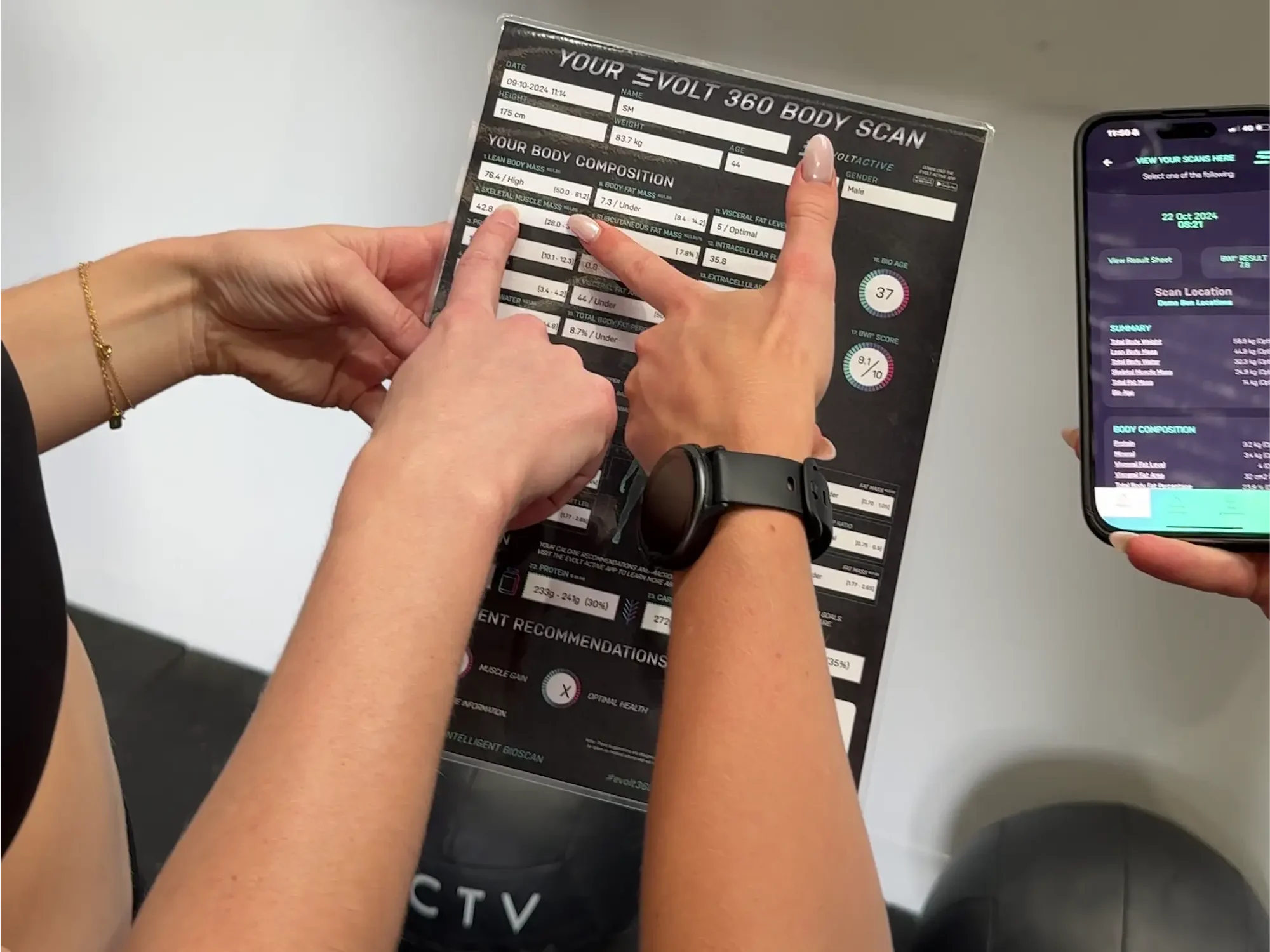
“From a qualitative perspective as well, we see daily our gyms’ members are posting on social media with their results,” added Kai Bugden, Head of Global Marketing at Evolt. “You can see how happy and stoked they are with their progress, results and journey.”
Aside from its own retention-boosting nature, the 360 Body Scanner also helps gyms keep members on board by operating as a watchdog for disengaged individuals.
“They’re using it as a major retention tool, being able to identify who’s at risk of leaving or who’s actually backsliding in their results,” Zouroudis. “Then, they’re able to engage with them and reach out, maybe give them a bit of love and care.”
Beyond the Scan
Evolt’s multifaceted effect on gyms isn’t bound by anything either. Assistance from the brand doesn’t start and stop with product installation. Evolt carries a team of marketing professionals, sports scientists and business success experts who help gyms and studios get the word out on their device and are fully educated on how to use it, making sure they capitalize on it.
“The last thing I want to be known for as a company is just the body fat scale,” said Zouroudis. “We have a solid team of professionals that support our clients along the way. With our competitors, they buy the product and that’s it.”
That said, Evolt also offers comprehensive installation support. The brand not only sends a team to handle setup, but also provides an education team and supporting content to help gyms and studios maximize their investment.

“We have courses available where they get certified as a body composition specialist,” said Zouroudis. “It’s just helping to educate the industry.”
Next Steps
Like its product’s users, Evolt is committed to bettering itself over time as well. In the future, the brand plans to weave elements of artificial intelligence (AI) into the scanner, adding another layer of oversight to their fitness and wellness.
“There’s going to be a lot of AI that we’re introducing,” said Evolt co-founder Kelly Weideman. “That’s helping with predictive and preventative measures, looking into their future and making sure they’re educated about making healthy choices — really understanding body composition and how they can improve it.”
Evolt also plans to take its products to new regions soon, citing Europe as a focused area of interest.
“We’ve just appointed several new distributors, one being InSpace in the United Kingdom,” said Zouroudis. “Evolt’s obviously been quite big in the U.S., Australia and Asia — Europe is a new market for us that we’re targeting right now, rolling out as we speak.”
The brand is also eager to bring its product to Athletech News’ Innovation Summit this summer, a premiere event that brings together the industry’s top executives and innovators for two days of impactful content.

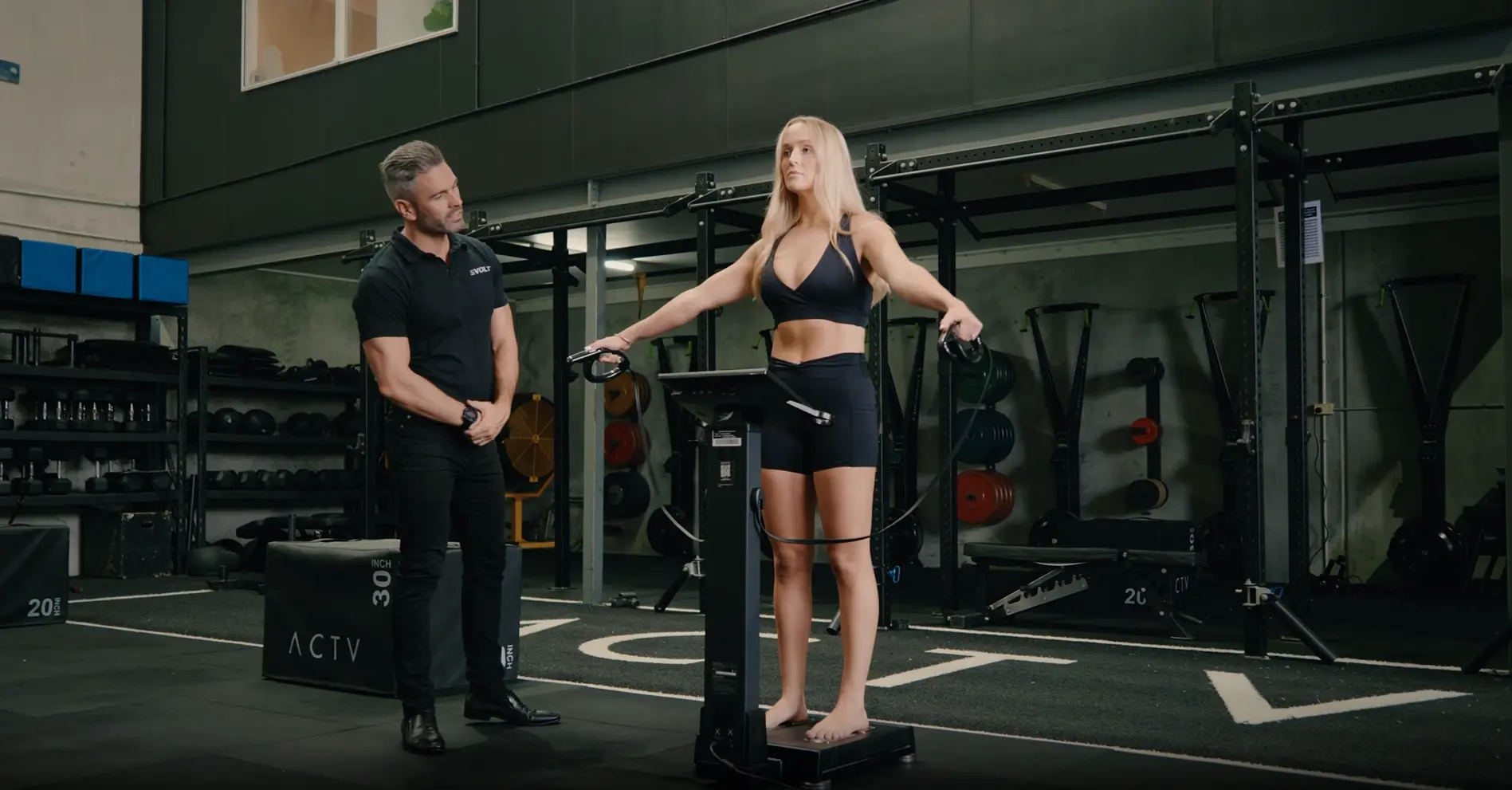


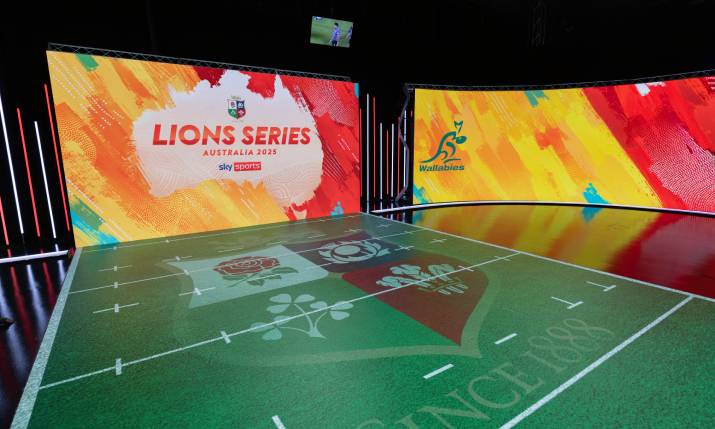





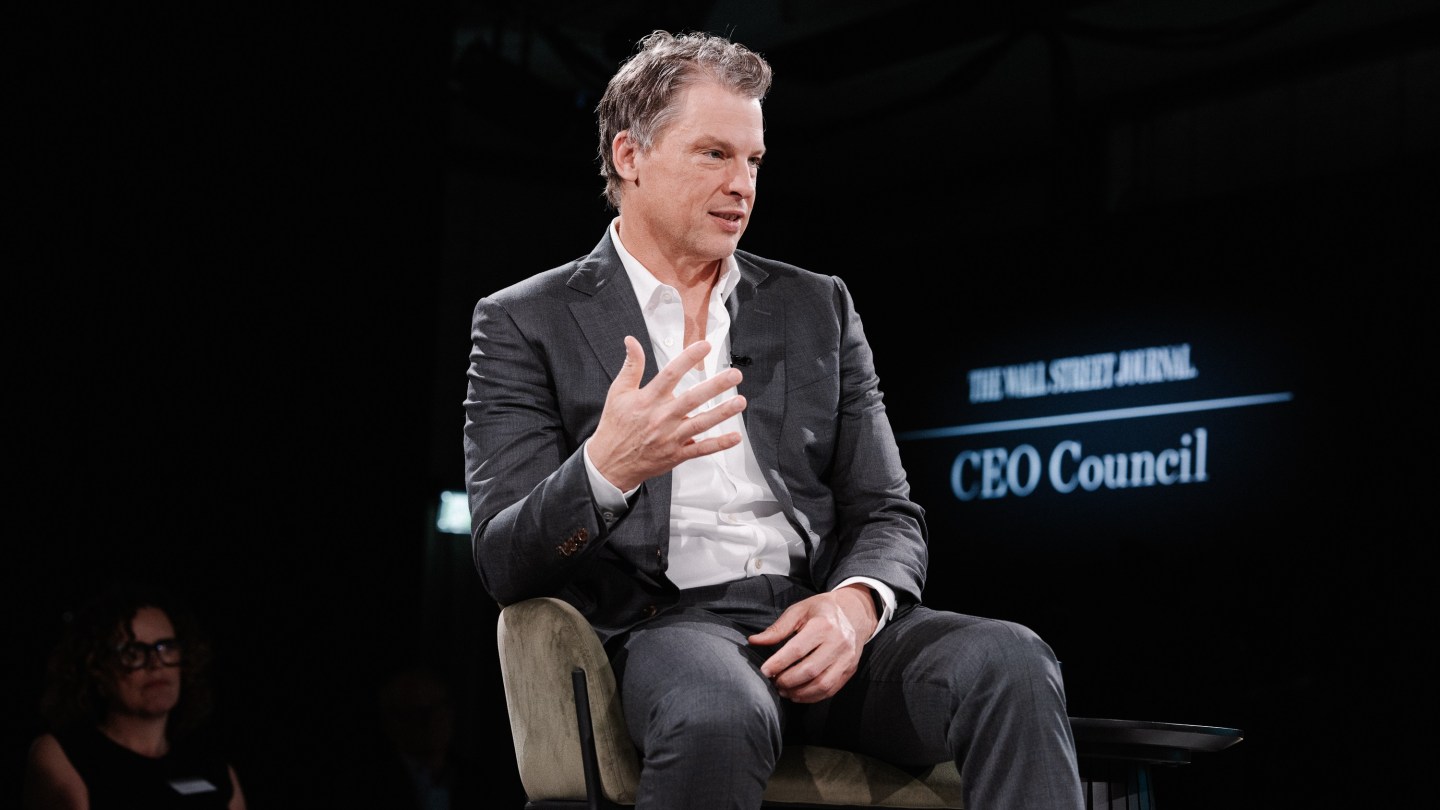
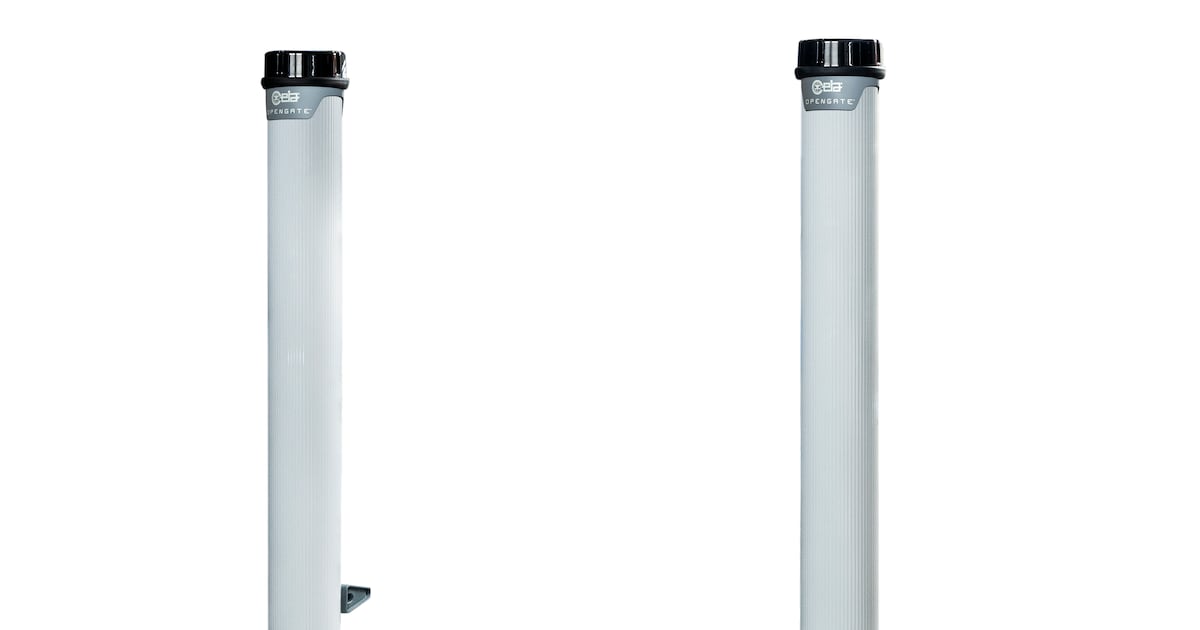




 | Get Up
| Get Up














































